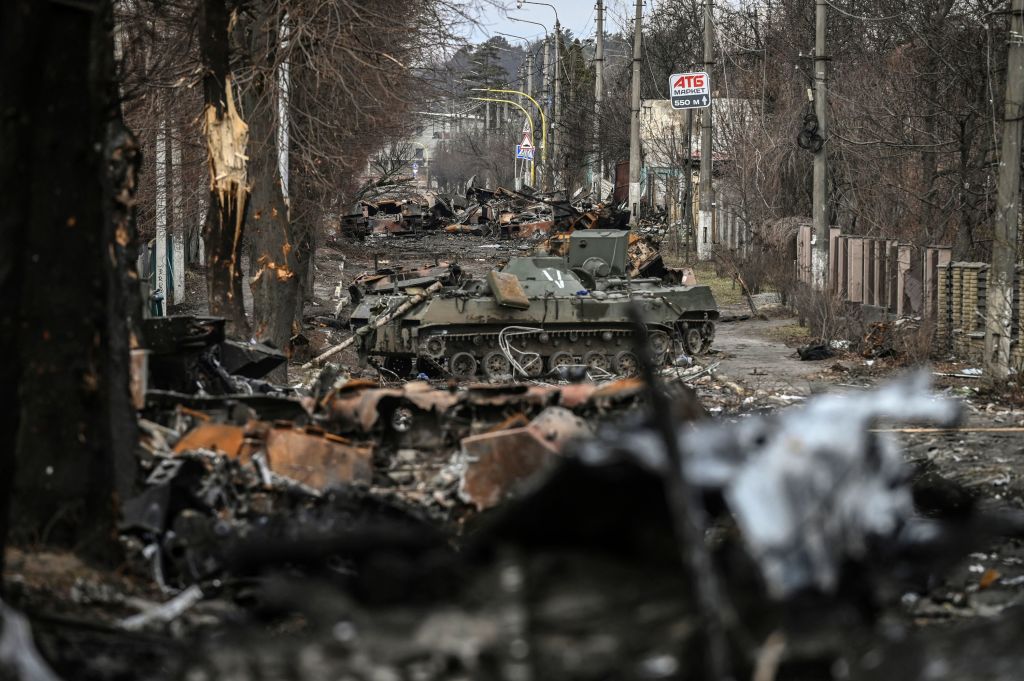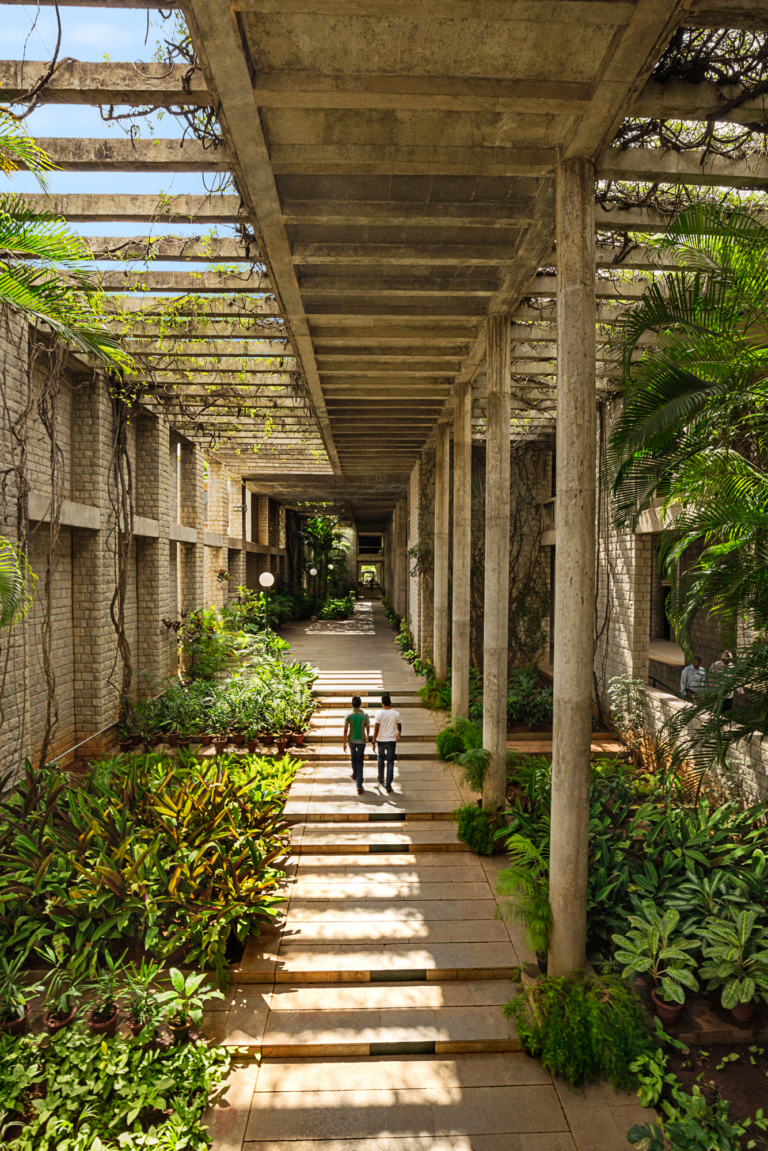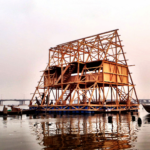As Ukraine continues to respond to the senseless and brutal violence that undermined its sovereignty, a plan—a long-term vision—is also taking form: rebuilding its cities and communities. Neighborhoods, historic centers, and infrastructure have been devastated and, while rebuilding is not an easy endeavor, it provides an opportunity to reimagine the future of the country and its cities through the lens of resilience, sustainability and cultural identity.
This process — while begun before the current conflict is resolved — is being watched internationally by urban planners, architects, and government leaders. It is an unprecedented opportunity to consider what cities can and should be after crisis.
The Scale of Destruction—and Hope
A 2023 World Bank report estimates that the cost of reconstruction and recovery could exceed $411 billion over the next decade, with housing, transportation, and energy infrastructure being among the most impacted sectors (World Bank). But the statistics only provide a sense of the human stories behind them—millions displaced, homes destroyed, and livelihoods interrupted.
In response, the Ukrainian government in partnership with the European Union and UN agencies has initiated various programs to rebuild using principles of energy efficiency, citizen engagement, and environmental sustainability.
Key Projects and Global Collaboration
One of the most ambitious initiatives is Ukraine’s “Build Back Better” strategy, launched in partnership with international agencies. The program includes modern urban design, digital governance, and resilience to climate change. The objective? Rebuilding smarter, greener, more inclusive cities, rather than merely reconstructing them (UNDP Ukraine).
Some notable projects include:
- Reconstruction of Irpin and Bucha: The Kyiv suburbs were synonymous with destruction. They are being rebuilt with modular housing, green infrastructure, and other support from organizations such as the International Federation of Red Cross and Red Crescent Societies.
- Mykolaiv Urban Renewal Plan: From British and Dutch architects, the plan is to build back elements of the port city’s water systems, schools, and cultural hubs, while moving towards sustainable development (The Plan).
- ReThink Kharkiv: A robust planning initiative assisting local citizen engagement and designing a livable, energy-efficient city for their wellbeing.
Citizens at the Center
Compared to traditional post-war reconstruction approaches, the important point of civic engagement recognizes the desire and capacity of all Ukrainians—dislocated residents and local mayors alike—to engage in planning discussions. In cities, such as Lviv and Dnipro, town hall meetings and design charettes provide invaluable input in shaping public spaces, schools, and housing that reflects the community.
“Reconstruction is not about building repairs. It’s about rebuilding trust, democracy and identity,” states architect Dmytro Zhyvitskyi, project lead of the Ukrainian “Build Back Better” strategy.
A Blueprint for Post-Conflict Urbanism
Ukraine’s rebuilding process is being examined as a model for post-conflict regions, based on energy independence (solar, wind, localized microgrids); modular & scalable construction; walkability & urban greenspace; and the apposition of historical memory.
Despite the innumerable challenges still to come—war, bureaucracy, gaps in resources—the positive movement of not merely getting by, but actually thriving, is palpable in every conversation surrounding the urbanity of Ukraine.
As reconstruction is forwardly framed, the cities are also re-imagined—not for the next generation of Ukrainians, but for the world as a lasting symbol of resilience.








